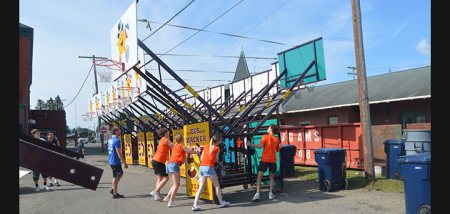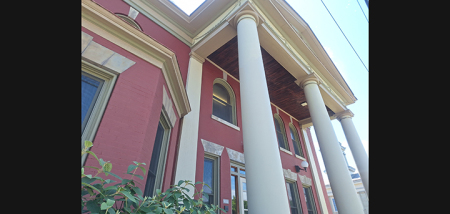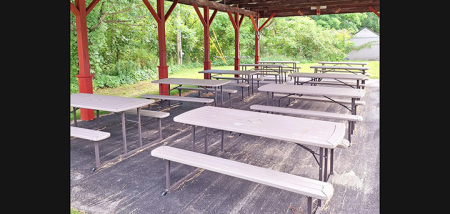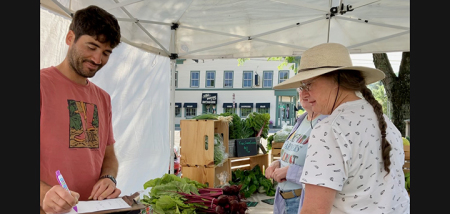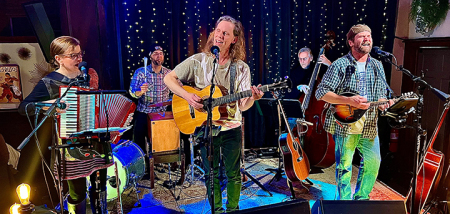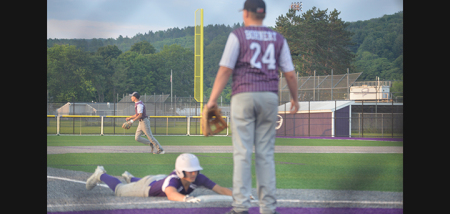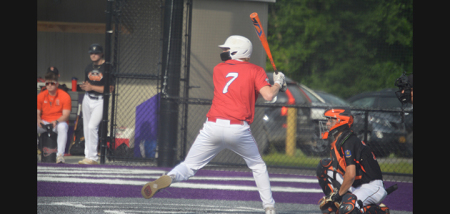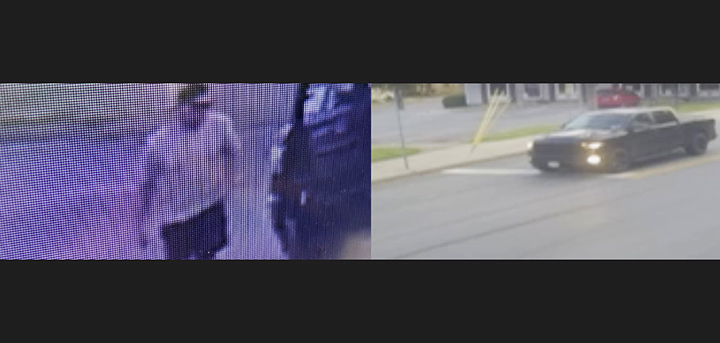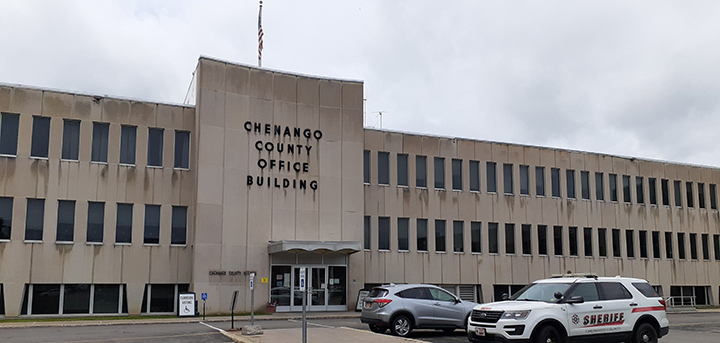Schools Of The Past: Guilford: The Early Years
Published:
June 30th, 2011
By:
Patricia F. Scott
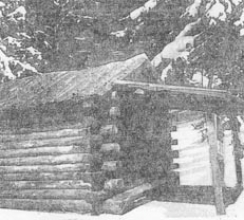
Before we return to the assorted district school’s history of the township of Guilford, it is timely to look at the interesting information behind the earliest school of this township.
Research from the files of the Guernsey Memorial Library revealed that the first schoolhouse in the township was erected by Lyman Ives in Ives Settlement. Located up the hill somewhat west of Guilford Center (Parker on the O&W RR) and was erected of stone and slate from the surrounding hills approximately in 1800. Mr. Ives, after completion of the building, would teach there for a period of two years!
A rather interesting tale of history is relevant to this first school. It was built of flat stone, one laid upon the other, such as in a stone fence, however it was much higher and larger. As Mr. Ives constructed this building himself one cannot help but imagine the difficulty that he encountered in erecting a building of this primitive construction. The roof was rough half- planks, lover with hatch and covered with heavy stones. Thatch (one cannot help think of the thatched roofs that were prevalent in England) was used to keep back rain when it fell onto the slanted roof.
During the winter when the winds howled (Guilford hasn’t changed in 200 years) it was next to impossible to heat the classroom. Students and the teacher were wrapped in their winter hats and coats to keep from freezing to death. Keeping the candles lit was also a hardship, due to the winds coming through cracks, etc. When oil lamps replaced candles, the same problem continued to exist. One cannot imagine the teachers of the twenty-first century enduring these hardships!
The question of erecting a new schoolhouse, the uproar arose regarding the cost. All the residents wanted the best education for their children however no one wanted to pay the cost. An estimated cost of $450.00 to build a new building that would be airtight, that was a lot of money in those early days.
Textbooks used in the first schools basically consisted of reading, spelling and arithmetic. Parents more times than not had to purchase or pay for the necessary books. If the school was well-off financially, a Dictionary of the English Language would be purchased. With the all important slate and the required books, this was all the scholars that were available for the entire academic education of both the young children and the young adults. More times than not a family would purchase one book and pass it down through to another family member upon that youngster starting their education.
The quality of the education was, at that time, adequate for the scholars. With the exception of the real scholars who would go on to higher education, children learned to read enough to read the Bible, master the basic reading and spelling, keep some records and diaries. With the teaching of arithmetic, they could figure their own money do basic bookkeeping for store keepers and assorted merchants. Advancement was at their own rate, some more slowly than others and only the “outstanding” scholar went on to college or a higher education.
Many graduates of the Guilford System would eventually attend the higher intuitions such as Colgate, Princeton, Harvard or Yale. Due to the dedication of the teachers and the ambitious students who wanted an education desperately, illiteracy was 99% eliminated. And with the problem of a shortage of school supplies, that by the year 1850 Guilford district boasted that there were only four illiterates in the community. Quite an accomplishment to say the least!
In the photo of a typical log cabin one-room school, this building would be about what we can imagine as being the first school in the village of Guilford. The first school stood near the site of the present Methodist Church and was close to the “highway.” It stood in a small clearing surrounded by dense forest. In the summer the children would come barefoot along the
“turnpike” where the main street is now, which by the way, was also lined on either side with dark heavy hemlocks. As panthers and bears were known to be in these parts the children were in constant fear of going to and from school. Progressing in time, and this will be detailed in future articles, the next school was built where the railroad used to come through, but as was just related, that is another story.
With the beginning research of the history behind the Guilford School Districts, this writer contacted Clifford E. Wade (former Town Supervisor) and a longtime resident of the township is he had any “school day’s memories.” The information that he forwarded to me in August of 2008 is relevant to the history of the township. It is quoted as he wrote it below.
MEMORIES
We moved to Yaleville in 1939 and the school 1/3 mile south of us was already closed. This writer will now insert that at present Mr. Wade’s home is around the corner from this still standing school. Dad was a farmer and also drove school for Bainbridge Central School so we continued to go to Bainbridge School where we had started even though we were now in the Guilford school district. (Guilford was none too pleased with that arrangement!!!)
Good luck on your project and I’ll be interested in the articles when they are available. My wife the former Betty Rowe did attend the one-room school in the town of Norwich (Rowe’s Corners) for several years to you were correct in assuming I was of the one-room school house age!! - Signed Best Wishes - Cliff Wade.
This writer will state at this time the Rowe’s corners school still stands, however it is not in good condition and this writer has been bold the present owner plans on a demolition of the building.
With these interesting facts of school history we will close this chapter to continue yet another time!
Author: Patricia F. Scott - More From This Author
Comments
